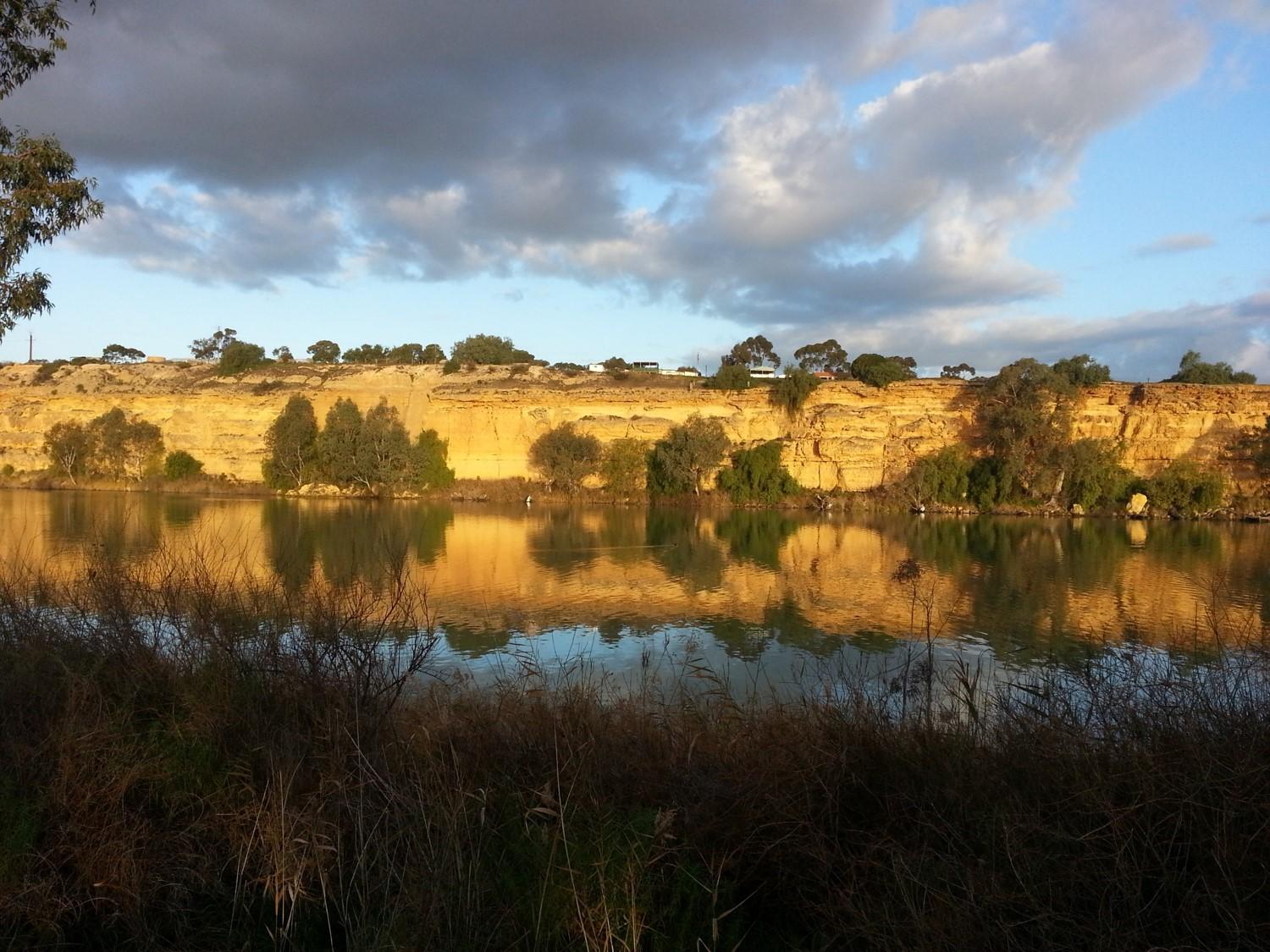Minimising transaction costs in Murray–Darling Basin water reform
Background
Transaction costs can be thought of as the investment we make to research policy or program options, assess alternatives, implement them over time and even alter those choices in due course. Such costs are often taken for granted, and may not be measured or quantified. This project seeks to gather quantified transaction cost data from a range of water reform programs aimed at the reallocation of resources toward environmental benefits. Both federal and state-based programs will be included. The objective is to identify the magnitude of costs associated with different categories, and their direction over time, such that insights for other jurisdictions and external parties may be formed.

Project objectives
This project aims to:
- Capture and quantify the transaction costs associated with different key parts of Australian water reform
- Identify the magnitude (peaks and troughs) and trend direction (increasing or decreasing) of transaction costs for different institutions over time
- Link those magnitude and direction measures to theory to help those institutions assess their performance with regard to achieving flexible management arrangements in the face of uncertainty
- Provide a basis for comparison against future measures of program benefits, to assess the value for money proposition associated with these institutional programs
Project outputs
Loch A., Wheeler S., Settre C. (2018) "Private transaction costs of water trade in the Murray-Darling Basin", Ecological Economics,146, 560-573.
Adamson D., Loch A. (2018) "Achieving environmental flows where further buyback is constrained", Australian Journal of Agricultural and Resource Economics, 62(1), 83-102.
Loch A., Adamson D., Schwabe K. (2017) "Adaptation responses to increasing drought frequency", Australian Journal of Agricultural and Resource Economics, 60, 1-19.
Loch A., Boxall P., Wheeler S. (2016) “Using proportional modelling to evaluate irrigator preferences for water buybacks for reallocation purposes”, Agricultural Economics, 47, 387-398.
Loch A., Adamson D. (2015) "Drought and the rebound effect: a Murray-Darling example", Natural Hazards, 79 (3), 1429-1449.
Loch A., Salinity management in the Murray-Darling Basin: a transaction cost study, paper submitted to Water Resources Management (under review).
Project data
Salinity transaction cost time series dataset
Project partners
Collaborating institutions:
- University of Oxford, England
- University of South Australia, Australia
- University of New England, Australia
Funding:
This work is being conducted as part of Dr Adam Loch's ARC DECRA Fellowship.
